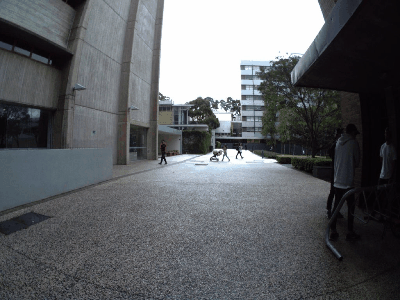Notes from lecture given by Amanda J. Barnier and John Sutton about memory.
Amanda J. Barnier
Experimental Cognitive Psychologist
7 things about memory
- Memory is everything
- There are past memories and
- it is important to remember things that are going to happen
- knowledge but not memory (“remember” is in quotes)
- Semantic dementia is semantic memory loss e.g. can’t remember what a dog is
- cultural memories (memories of the holocaust or Abraham Lincoln)
- What is memory for?
- navigation
- Learning language, knowledge of the world, to plan the future
- Serving the self
- who we are, our connection to past, or a database of self
- we can’t remember everything
- To promote relationships (social)
- teaching, developing and maintaining intimacy
- navigation
- A balance in memory:
- remembering has priority in our lives ( we worry: do I have a good memory?)
- forgetting promotes cognitive efficiency
- intrusive memory is when we can’t forget
- forgetting is not a failure
- How memory works:
- processes (like a computer):
- external event is placed in sensory memory
- given some attention this is then placed in short term memory
- with rehearsal this can be put in long term memory
- recall comes out of short term memory
- memory is the product of these sequence
- The essence of remembering:
- memories are a record of experience with reality
- memories are samples of experience
- remembering is a constructive mental process
- memories are part of the present moment
- memories are inherently subjective
- and can only be checked with in-corroborating evidence
- Influences on memory:
- time – memories become increasingly inaccessible
- reminiscence bump
- emotion
- discussion with others
- police don’t let witnesses talk to each other because they can egg each other on.
- Judging memories
Other things:
- Claire has both types of amnesia, retrograde and the other one (?)
- Available memory (stored and could influence you but may not) and accessible memory (things you can get right now)
- Listening to lectures doesn’t work! You have to be concentrating for it to enter your memory
- We don’t remember alone, we remember with others
- Infantile amnesia – the bit of life you can’t remember when you were first born
- if you show an amnesia sufferer someone else’s Sensecam pictures, would they have false memories?
- Reminiscence occurs only if the memory affected the fabric of your daily life
- Hotspots in trauma memory
John Sutton
Philosopher
- Remembering from the outside
- I remember past events from my own point of view or i remember from the observer perspective
- Remembering from outside must be a fabrication
- Can observer memories really be memories? What is the significance of changing perspectives
- How do I figure in my memories?
- Movement skills (sport, dancing): sometimes it helps to visualise yourself
- Embodied or kinaesthetic perspectives / cognitive and affective perspectives
- blending the above views together, fuse into interesting combinations
- Perspective in remembering, dreaming, navigating in spatial cognition, own body representation and gesturing
- Does truth in memory require preservation and reproduction?
- Field perspective memory can be constructed
- Change in memory recounting is the norm, it doesn’t mean you aren’t telling the truth
- Reports from your own eyes include more fantasy
- Embodied remembering
- Distributed cognitive ecologies: using other people to remember
- I do not identically reproduce a tennis stroke every time, it is a manufactured movement according to some schemata
- Athletes etc.: I need to stop thinking and just do
- There may be bodily skill.
- The body moving in place is not separate from any form of memory
- Research on out of body experiences is now the most prestigious cognitive science now (Curious).
- epilepsy sufferers have more out of body experience
- Women have more external perspectives of themselves due to the male gaze
- Wayne Rooney visualises himself from the outside when playing sport
- Story of the woman who designed her house the same as her childhood house to gain approval from her father




